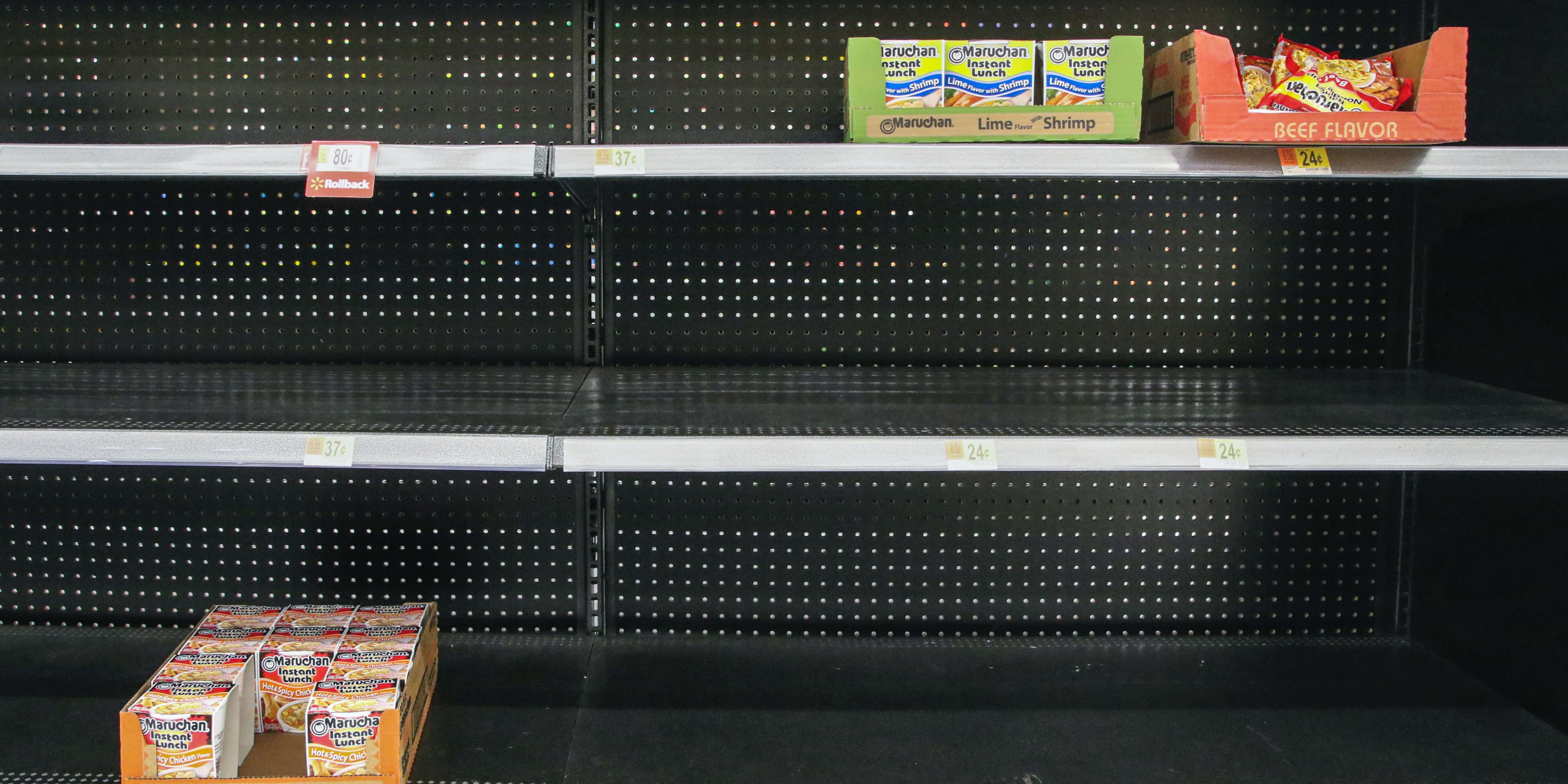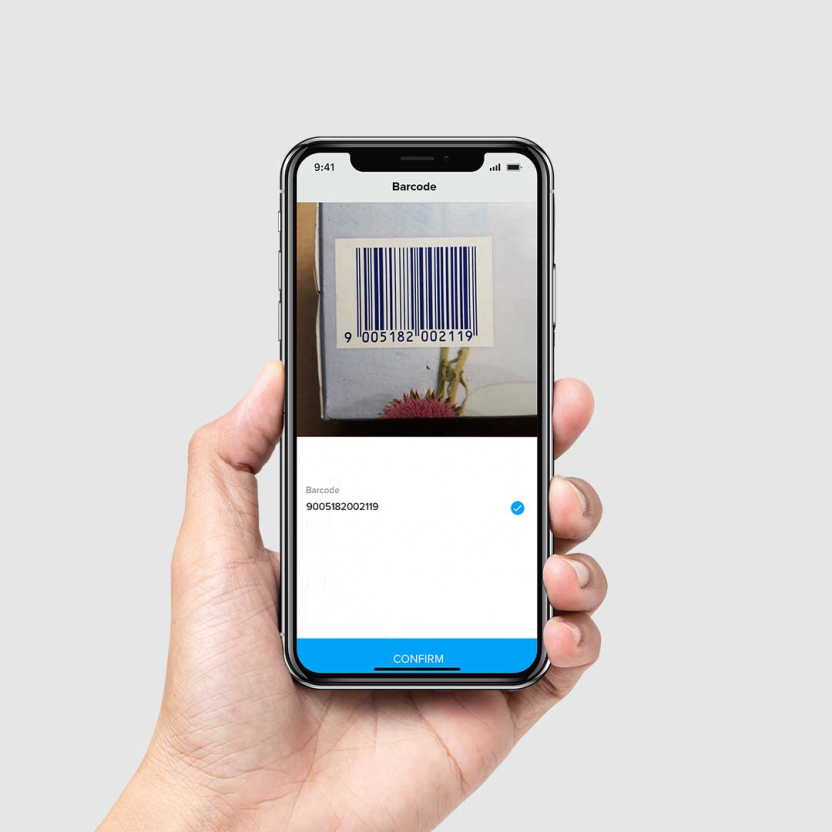
The Cost of Poor Inventory Management to Your Retail Operations
2020 was a year like no other in the retail sector. Thanks to the COVID-19 pandemic and associated economic downturn, massive changes took place in every corner of the retail industry. Many retailers saw significant losses, while others saw unprecedented gains.
Much of this had to do with the nature of each retailer, of course: we all understand why Walmart and Amazon had banner years, while smaller, high-touch shops struggled. But dig a little deeper, and there’s more to the story, such as poor inventory management and stock control.

Adapting to the New Normal in Retail: Consequences of Poor Stock Control
To adapt to life in a pandemic, retailers had to change or modify the retail experience in many ways. We saw a surge in BOPIS (buy online, pick up in store), curbside pickup, click & collect and home deliveries.
Retailers that could pivot to self-shopping processes (where customers scan and pay for in-store purchases from their mobile device) did so. Then there were the logistical challenges: consumer buying patterns shifted at the same time that the global supply chain was disrupted.
In short, if there were ever a situation where inventory management would become chaotic, 2020 was it. But here’s the thing: pandemic or no, poor inventory management is costly. Are your retail operations paying the price of poor inventory management?
Here are three ways this can occur:
Poor Quality of Inventory Data Leads to Revenue Losses
When your inventory data is off, you run the risk of losing out on revenue. At its simplest, this looks like losing out on customers who come in to purchase something you don’t actually have. It’s one thing if you know you’re out because you’re constrained by supply chain. It’s another thing entirely if you don’t know you’re out.
This can create massive frustration for your customers as well. Your website says you have something and the customer comes to you for it. But instead of leaving satisfied, the customer spends too long searching for something that isn’t in the store. This is a double threat: you lose out on revenue, plus you damage the customer relationship.
Inventory excess is the other side of this coin. When you have way more product than your inventory system says you do, you have capital tied up in inventory. If you’re dealing with seasonal or perishable inventory, you’re at an even higher risk of revenue losses.
- Boost Retail Operations with Consumer-Based Barcode Scanning (Free One Pager)
- Mobile Data Capture for Retail Inventory Management (Free Demo)
Poor Inventory Management Leads to Falling Productivity
Your customers don’t like to wander around the store looking for nonexistent product. Neither does your staff. When the inventory system is a mess, your team wastes time.
This could look like a staffer checking the internal inventory and seeing an item listed as in stock when it’s really not. Then they run a wild goose chase around the floor. Every time that happens, you’re paying your staff to do nothing— actually, worse than nothing, because customers are getting frustrated in the process.
- Raise Workforce Productivity with Employer-Based Barcode Scanning (Free One Pager)
- Mobile SDK for Accurate, Fast & Secure Retail Scanning (Free 30 Days Trial)

Poor Inventory Control Allows Expired and Unsafe Products to Remain on Shelves
If your retail environment includes food, beverage or other perishable goods, poor inventory management can have another significant risk. You may have unsafe goods available for sale with no effective means of tracking expired products in place.
In all these scenarios, technology solutions from Anyline make it easier than ever to solve inventory management issues. Using Anyline tech, your staff can instantly scan and record data like product barcodes, expiration dates, serial numbers and more. Your team can quickly and accurately collect the inventory data you need, helping you correct errors and reduce the costs and risks described above.



